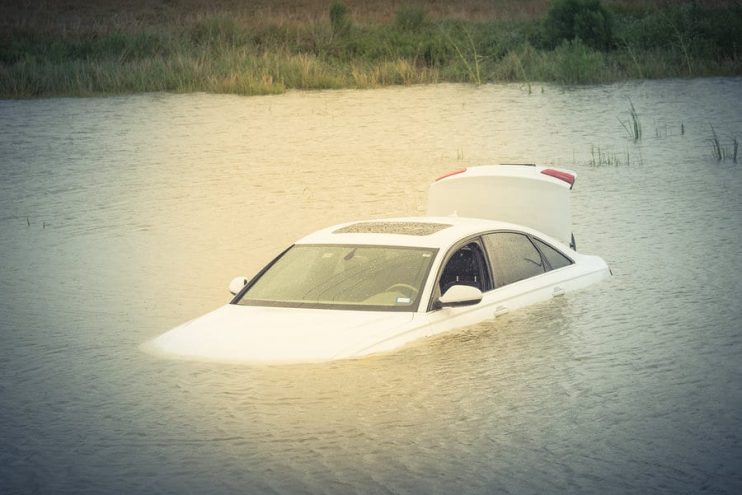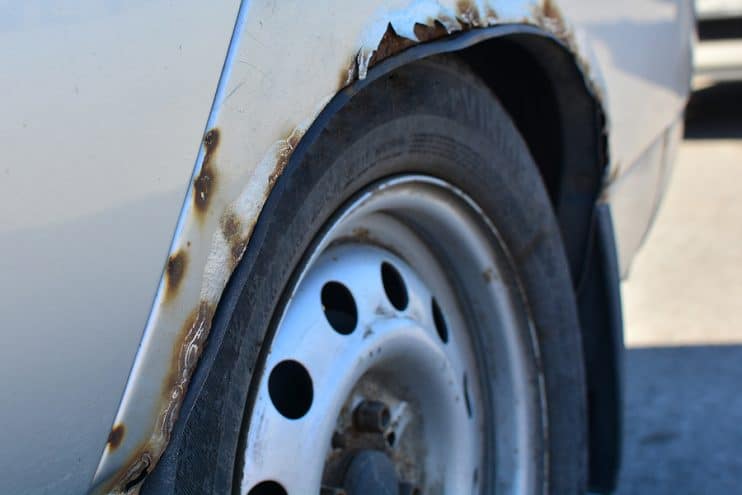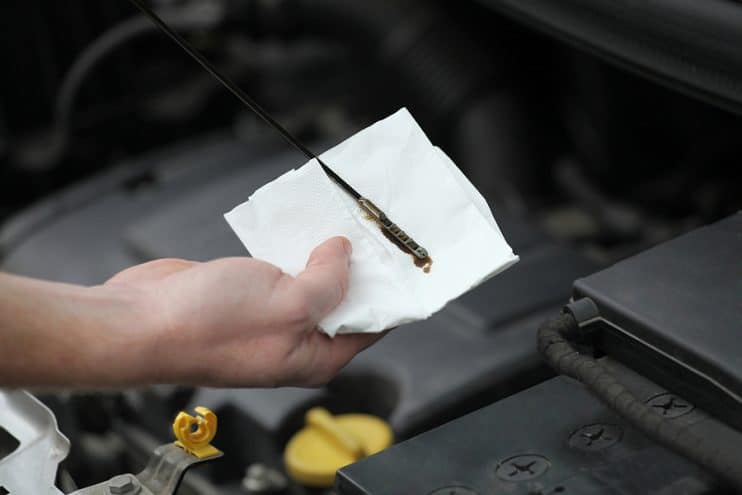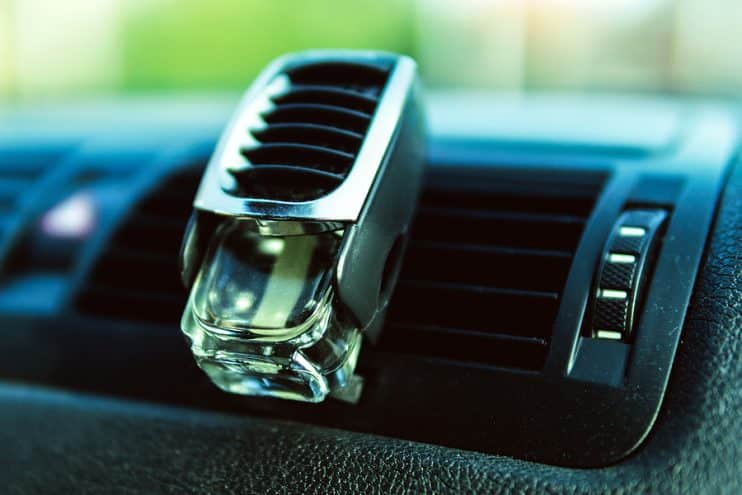
Some areas in the UK are prone to drastic flooding. We’re not talking about a big puddle here, but rather rivers breaking and metre high waters that hang around for days. Expose a car to this kind of wetness and it’s going to get in every single space and cause some serious damage.
It’s not enough to simply give the car a good airing or replace the carpets and upholstery. There’s a real need to look beyond cosmetic damage as flood water can impact the performance of the brakes, starter motors, catalytic converters as well as running havoc with the electrics.
Flood damaged cars are dangerous. It’s that simple. However, unscrupulous sellers will try to cover up problems caused by flood waters – so here’s how to make sure you don’t get lumbered with a compromised vehicle that’s been previously submerged.
Table of contents:
- Quick Simple Checks
- Testing Performance
- Due Diligence
- Other Tell Tale Signs
- What to do if Floods Have Damaged the Car
- Our Final Words
Quick Simple Checks
The following quick checks can serve as fast indicators of flood damage:
Smells
Musty, organic smells of decay usually indicate mould and mildew damage, which is often due to flood damage. Take a close look at the carpets to check for spores and mould spot damage.
Damp Spots
Certain parts of the car retain moisture a little too well. Check the foot-wells and carpets for damp spots including the boot carpet and under the spare wheel as these places are often the last to dry.

Rust
All cars rust, but a little more rust that you’re expecting could be an indication of flood damage. Look for rust on the pedals, the inside of the boot including the latches, beneath the dashboard or any exposed untreated metal components in the car, such as seat bolts or frames or the surfaces under carpets. There’s a good chance the rust occurred when the car was exposed to excess water.
Brittle Wires
Locate the wires under the dashboard and check they bend and twist freely with a little pressure. If you find they’re brittle or the plastic sheath covering has degraded this could be a sign of flood damage.
Condensation in the Lights
Can you see water collecting inside any of the light housing? Obviously the seals are meant to resist water ingress from rain and humidity, but few seals will effectively repel the pressure of flood water. Water in the housing is a strong sign the car has experienced flood damage.
Mud and Silt in the Car
Have a look under the bonnet and scout around for mud and silt. Make sure you inspect the engine’s under-tray and all the internal pockets such as the cup holders and ashtrays. Dirt will have accrued if the car has been exposed to filthy flood water.
Tide Marks
Water leaves its mark. Literally. You may have seen these lines on the sides of buildings or trees. Flood damaged cars will have similar marks, but you might have to look under the car or in the bonnet and boot to find them as unscrupulous sellers will have cleaned them off the outside.

Testing Performance
You can find out if water has impacted the performance of the vehicle with these checks:
Electrics
Power door locks, self-shutting boots, electric windows… Do any of these or your car’s other electrical systems seem to be faulty or operate inconsistently? This could be a sign of parts wearing out, but also could be a major sign of flood damage with water shorting the circuits and causing connection problems.
Heating Mist and Vapours
Turn on the heating and watch for excess condensation and misting as this could indicate trapped moisture in the car, left over from flooding.
Oil Check
Look in the oil filter for a white thick emulsion, which is a sure indicator of water in the oil – a bad sign. It could also mean head gasket failure which is another good reason to not purchase this second hand car.
Due Diligence
Investigate the car’s background to find out more about its history:
Write Offs – HPI Check
An HPI check will let you know if the vehicle has been previously written off. Cat D and Cat C write offs can be made roadworthy again following flood or water damage, but you should be negotiating a price well below the listed value for these cars. Cat B and Cat A cars can never be made roadworthy by law. If the car has been written off it should also be listed in the logbook.
Ask for Receipts
If the engine has been overhauled following flood damage then it’s possible the intake manifold has been completely replaced alongside the rear box in the exhaust system to mask flood damage. If you can see newer components on the car, ask questions and see if the seller has receipts for these items as this will show why they have been changed, which may be to hide the water damage.
Mechanical Checks
If you still have suspicions but are getting close to buying then take a mechanic along who can perform some final tests on the most important parts such as the starter motor. An independent check should cost around £100 if you don’t know a trusted mechanic.

Other Tell Tale Signs
Watch out for these tricks that could spell flood damage in a second hand car:
Windows Open
If the seller insists on leaving the windows open then this could indicate dampness inside the vehicle, stopping the car from misting up due to excess moisture. Turn on the air con and smell the air. If water has seriously got into the car then you’ll be able to smell it in the air.
New Seat Covers in an Old Car
Nothing wrong with new upholstery in an older car, but this should be a sign that you need to be strongly looking at performing the other checks on this list.
Air Freshener and Sprays
Again another masking technique is using sprays and air fresheners to remove stale and musty odours, which could indicate damp. Keep your eyes open if you think the car smells a little too strongly.
Glovebox
A little investigation into the glovebox never goes amiss. Water damage on the documents, manuals and any other kind of paperwork should be a danger sign that you mustn’t ignore.
What to do if Floods Have Damaged the Car
Water damage doesn’t necessarily mean that you shouldn’t buy the car – but make sure the appropriate fixes have been made:
- Get proof the necessary work has been completed.
- Ensure the car has been checked over by a mechanic – ask for some kind of report – and that the car is safe to go back on the road.
- Remember that you have less protection if purchasing from a private seller rather than a dealership.
- If your car has been purchased from a car dealer and it breaks down due to flood damage then under your statutory consumer rights you can get a full refund, but it has to be in a 30-day window following sale.
- And if the dealer has sold you a flood damaged car without fully informing you then you can reject the car and get a full or part refund if the dealer will not repair any of the faults.
Our Final Words
Be cautious when looking at cars that are being sold at real bargain prices in notorious flood areas. If you aren’t 100% certain about a car’s condition, then walk away. Always let your reason dictate your feelings and if you’re still not sure after going through all the checks on the list then don’t take the risk and find another car to buy.













.png)